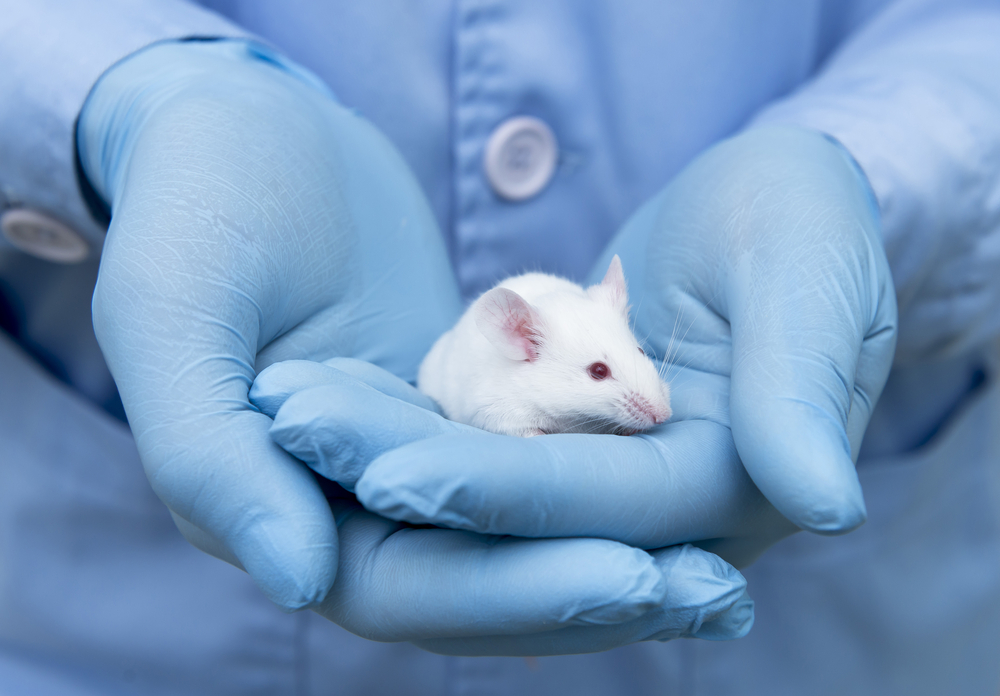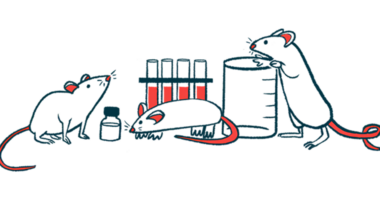Direct Nerve Stimulation Using MyoRegulator System Seen to Reduce Spasticity in Mice with Spinal Injury

Treatment with PathMaker Neurosystems’ anodal trans‐spinal direct current stimulation (tsDCS), a non-invasive direct nerve stimulation tool called MyoRegulator, was found to effectively ease spasticity in mice with spinal cord injury, a study reports.
A link between the ability to control muscle contraction and the levels of a specific neuronal transporter was also identified by its researchers, a finding that may help in understanding the mechanism involved in muscle control in several neurological disorders, including multiple sclerosis (MS) and cerebral palsy.
The preclinical data was reported in the study “Repeated anodal trans-spinal direct current stimulation results in long-term reduction of spasticity in mice with spinal cord injury,” published in The Journal of Physiology.
Spasticity, or the uncontrolled contraction of muscles, is experience by most MS patients at some point in their disease course. It is a challenging symptom, since its manifestations can differ significantly at different times and among different patients.
Current treatment strategies achieve only short-term positive results. These pharmacological, surgical, and physical treatments can be also uncomfortable and are associated with side effects.
PathMaker is developing the MyoRegulator system, which is based on tsDCS and uses electrical stimulus to modulate nerve cell activity and suppress the excessive reaction that induces spasticity. This new system uses two pairs of disposable skin-surface electrodes to deliver synchronized stimulation to two sites along the neural axis, at the spinal outflow and peripheral nerve controlling the affected muscle.
To assess the long-term effect of tsDCS on spasticity, researchers at the College of Staten Island and City University of New York (CUNY) tested the tool in mice with spinal cord injury.
After seven consecutive days of treatment (20 minute sessions), mice showed significant reductions in muscle contraction and resistance. They also exhibited significant and sustained improvements in ground and skill locomotion compared to non-treated mice.
“These data are very exciting and support the application of next-generation non-invasive interventions to improve the treatment of spasticity,” Zaghloul Ahmed, PhD, a CUNY professor and physical therapy department chairman, and the study’s senior author, said in a press release. Ahmed is also scientific founder of PathMaker Neurosystems, and works as a consultant.
Analysis of the spinal cord upon repeated treatment with the tsDCS system revealed that the nerve cells had lower levels of NKCC1 protein — levels similar to healthy, non-injured mice. Mice with spinal cord injury but treated with a placebo showed increased levels of NKCC1.
These findings suggested that NKCC1 may be an important mediator of muscle control, and that the therapeutic effects of tsDCS rely on NKCC1 modulation, the researchers sid.
“Our previous published work established that application of this novel modality for short periods of time to mice with spinal cord injury led to an instantaneous reduction in spasticity,” said Ahmed, adding the new study demonstrated that the tsDCS tool “not only contributed to a long-term reduction in spasticity but mediated its effects through a novel mechanism that downregulates NKCC1.”
To further test NKCC1 role in spasticity, the researchers treated the animals with bumetanide, a chemical that blocks NKCC1. This treatment given spastic mice led to a reduction in muscle resistance of about 34%, and improved resting muscle tone, suggesting that NKCC1 levels indeed influence spasticity.
“This fundamental paper is the first to establish a direct link between the emergence of spasticity and overexpression of a specific neuronal co-transporter,” Nader Yaghoubi, MD, PhD, president and CEO of PathMaker Neurosystems, said referring to NKCC1.
“[L]ong lasting reduction of spasticity by a‐tsDCS via down‐regulation NKCC1 may constitute a novel therapy for spasticity following spinal cord injury,” the study concluded.






